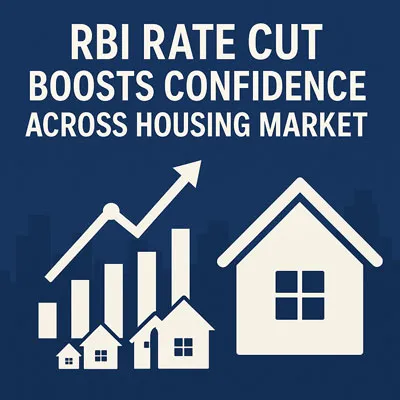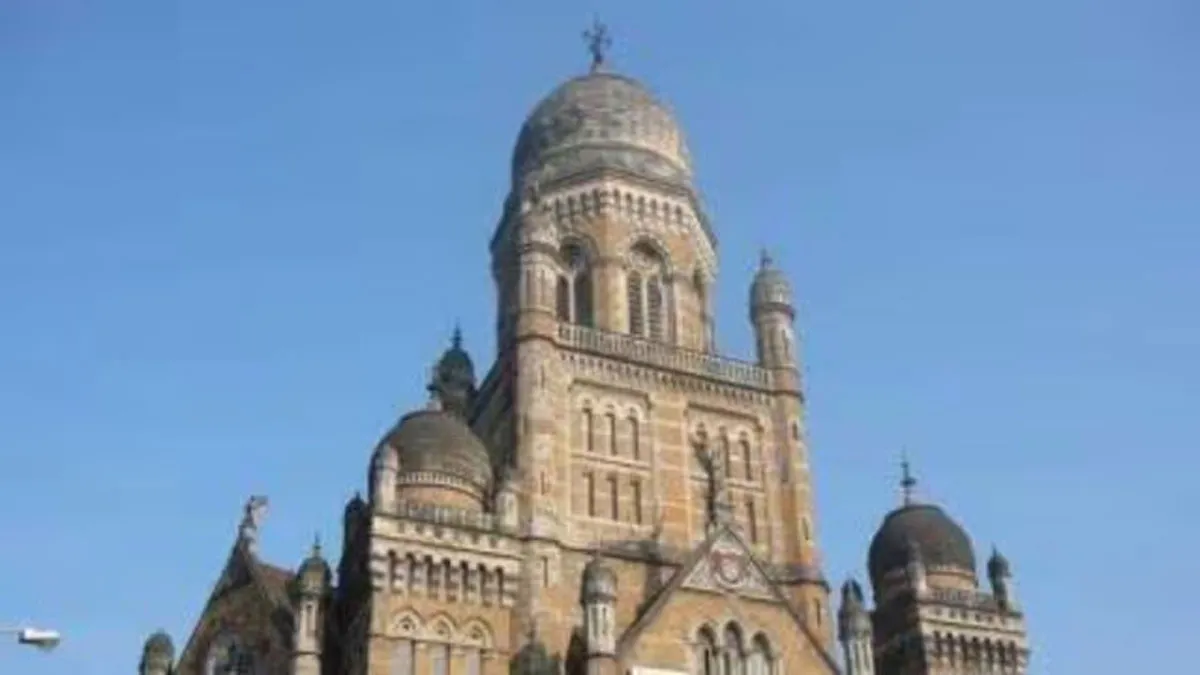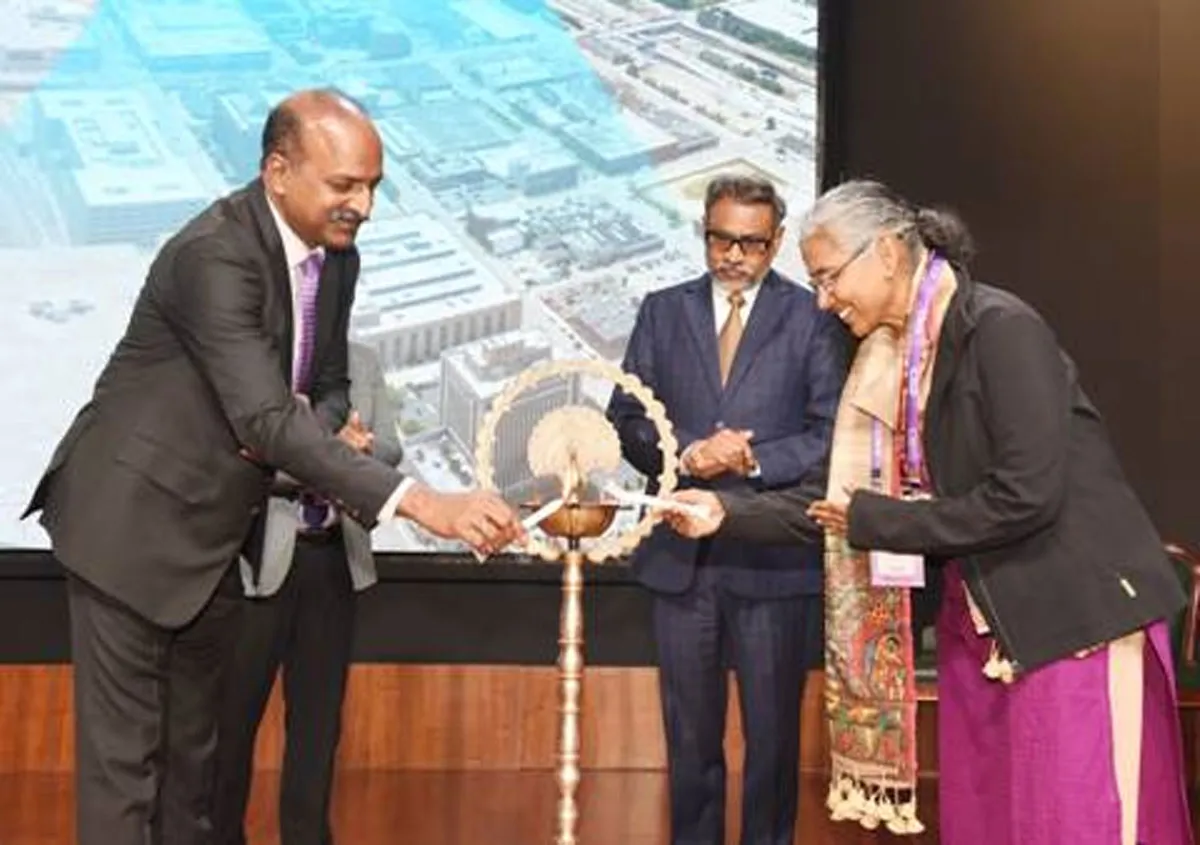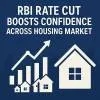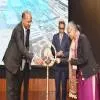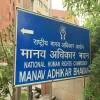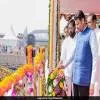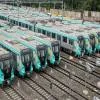In the next of a series of interviews with prominent civil engineers,
JANAKI KRISHNAMOORTHI, speaks to
Sanjay Gupta, Executive Chairman, Metro Link Express for Gandhinagar and Ahmedabad Company Ltd (MEGA).
Sanjay Gupta is no typical civil engineer. Also an IAS officer, this 50-year-old executive chairman of Metro Link Express for Gandhinagar and Ahmedabad Company Ltd (MEGA) has a remarkable career graph stretching across a wide spectrum of fields and responsibilities. Gupta has been involved in the development of several infrastructure projects from power, oil and gas, and ports to hospitality and tourism. Having headed several private and public-sector organisations and held powerful positions in various departments of the Gujarat government, he has also set up his own company, the Neesa Group, involved in hospitality, infrastructure, agri-biotechnology and software.
So, is the civil engineer lost amid all the managerial roles? "Definitely not," he responds. "Because of my engineering background, I have an inherent inclination to handle projects with complex engineering facets in various sectors. In administration and public services, civil engineering knowledge comes in very handy to conceptualise and supervise the execution of developmental work."
Though he is still involved in the design and application of engineering principles to some extent, he concedes that there is little opportunity now to get into details of design and construction management. However, he has no regrets as his aim has always been to reach the managerial level at the earliest to give more effective expression to his creative urges. And it was this desire to create that attracted him to civil engineering. "Development is predominantly construction and creation of buildings and infrastructure," says Gupta, whose father was also a civil engineer. "Civil engineering is the profession that is involved in this process of creation that is more exciting in a growing country like India."
Exciting is indeed the word when you look at the projects to his credit. Notable among them are the gas-based 160 mw power plant at Hazira and pipeline system from Surat to Ahmedabad; a gas-based combined power plant in Mora, Gujarat; Science City in Ahmedabad, the first of its kind in the country; a chain of seven hotels across the country under Neesa in the short span of seven years; and the Hazira-Mora gas pipeline for Gujarat State Petroleum Corporation (GSPC) when he was the managing director of the company, which enabled the initiation of several other pipeline projects, thus making the gas grid a reality in the country. During his tenure, GSPC's turnover shot up from Rs 18 crore to Rs 300 crore in 2001-02. While at GSPC, he also conceived and established in intra-state gas pipeline company Gujarat State Petronet Ltd (GSPL) to implement the mega Rs 3,000-crore Natural Gas Transmission Pipeline Network in Gujarat.
He was also instrumental in setting up Gujarat Info. Petro Ltd, now the biggest distributor of Internet bandwidth in the state; and Gujarat State Fuel Management Ltd with a unique fuel consultancy business model, another first in the country. Gupta is now looking forward to executing another exciting venture, the Metro link between Gandhinagar and Ahmedabad. He shares his views on the project and the business of engineering with CW...
Making of the Metro
This will be a landmark metro rail project not only for Gujarat but India. World-class infrastructure, seamless connectivity, minimum land acquisition and construction cost and speedy implementation are some key objectives. Salient features of the project include maximised use of precast construction technology; use of monopole for a major part of the alignment, a first in India, to ensure cost economy; speed of construction; single-level stations independent of viaduct, broad gauge and wider body rolling stock for maximising carrying capacity of trains; use of a modern CBTC (communications-based train control) system; driverless operation; and the use of an energy-efficient 1,500 v third rail system. After the state government's approval in 2012, preliminary surveys, traffic demand assessment, mono pile (bilateral and vertical direction) tests for finalising substructure loads, preliminary design for civil works, engineering alignment design, train operation plan and power load calculation have all been completed. Twelve EOIs (expressions of interest) of all major activities have been floated in which several international companies have evinced interest. Four RFPs (requests for proposal) have also been floated. The appointment of a general consultant and project management consultant as well as studies for environment impact assessment, sustainability, transit-oriented development and multimodal integration are all under way. On-ground construction work will begin in 2013. While commercial operations of Phase I will commence in 2016, the project will be fully operational by 2021.
Professional progress
In the past decade, project management techniques and software deployment have improved considerably. Hardcore engineering principles continue to be the same but the understanding of seismic design has improved. New design principles and practices have also evolved and understanding composite material structures and geotechnical response to structure loading, etc, have also improved. However, the ability and willingness to challenge ongoing practices need to significantly improve as many clients are still unwilling to deviate from old practices and adopt the latest technology and methods.
Public or private?
The framework of decision-making differs between the private and public sector. In the public sector, it is easy to find resources, raise funds and secure permissions while in the private sector, where functioning is more disciplined, it is easier to achieve higher productivity and efficiency. However, it is possible to perform effectively under both frameworks and I have enjoyed working in both sectors.
Career calling
With India's huge investment in infrastructure, which essentially comprises hardcore civil engineering projects, it is my view that career prospects in the country for civil engineers will remain bright for many decades to come.
Youngsters entering the profession should have professional commitment, dedication, perseverance and the inclination to work hard in difficult conditions. Commitment to quality and an internal motivation to learn and improve on a continuous basis will ensure a successful career.
TRACK RECORD
Sanjay Raghunathprasad Gupta
Academic
• BE (Civil) from Roorkee University (now IIT-Roorkee): 1983
• IAS (Gujarat Cadre): 1985
• Diploma in Business Finance from The Institute of Chartered Financial Analysts of India: 1990
Professional
• 1986-87: Assistant Collector and Sub-Divisional Magistrate, Valsad, Gujarat
• 1987-1990: Deputy/Joint Secretary in Industries, Finance and Energy Departments of the Gujarat Government
• 1990-1993: District Development Officer, Collector & District Magistrate, Bhavnagar
• 1993-1994: Secretary to the Gujarat Chief Minister and Managing Director of Gujarat Handicraft Development Corporation
• 1994-1995: Secretary to the Gujarat Chief Minister• 1997-2001: Managing Director of Gujarat State Petroleum Corporation
• 1998-2001: Additional Secretary in Energy and Petrochemicals Department, Gujarat Government (additional charge)
• 1999-2001: Member Secretary, Gujarat Council of Science City
• 2002-2004: Chief Executive Officer, Mundra Port (Adani Group), Gujarat
• 2004-2005: Vice-Chairman, All India Handicrafts Board, Ministry of Textiles, Government of India (in December)
• 2005: Set up Neesa Group, involved in hospitality, small-scale infrastructure projects, agri-biotechnology and information technology
• 2010 to date: Executive Chairman, Metro Link Express for Gandhinagar and Ahmedabad (MEGA)
Awards
• Won Best Literacy Programme Award from the United Nations Development Programme for conceptualising and implementing an adult literacy programme in Bhavnagar district
• Won an award from American Rescue Team International for exemplary work in earthquake relief as chairman of the Anjar Area Development Authority set up for town planning and rehabilitation of earthquake-devastated areas in Kutch.
Challenges
Project 1
Project: Gas-based combined power plant in Mora, Gujarat
Period: 2000-2002
Project cost: Rs 600 crore
Client: Gujarat State Energy Generation Ltd
Background: Realising the gap between the demand and supply scenario in the energy sector, this 156.1-mw, gas-based combined cycle power plant was set up through a subsidiary, Gujarat State Energy Generation Ltd.
Unique features: At the time, the gas-based combined cycle power plant was new technology. Other unique features were the implementation of such a project with outsourced O&M (operations and maintenance) services by the government, and starting the project without any capital investment and mobilising funds after the project went into implementation mode.
Challenges: Working within government guidelines to achieve the set target, land acquisition, obtaining clearances from various authorities and sourcing skilled and experienced technical manpower were major challenges.
Project 2
Project: Artificial, land-based drilling platform for extraction of oil and gas at Hazira gas field
Period: 1999-2000
Project cost: Rs 40 crore
Client: Gujarat State Petroleum Corporation Ltd
Background: An artificial, land-based drilling platform was constructed on the seashore of Hazira field for economic and expeditious utilisation of huge natural gas reserves.
Unique features: The concept of constructing an artificial drilling platform in shallow waters was a totally new concept in India at the time. The platform was constructed over 1.5 km away from the shore by creating a causeway between the shore and the platform.
Challenges: The technology being new, mobilising the expertise required for the execution of the project was a great challenge. Obtaining clearances from the Environmental Department, Forest Department, Ministry of Petroleum and various other agencies for the new concept was also quite difficult.
To share your engineering experience with us, write in at feedback@ASAPPmedia.com

